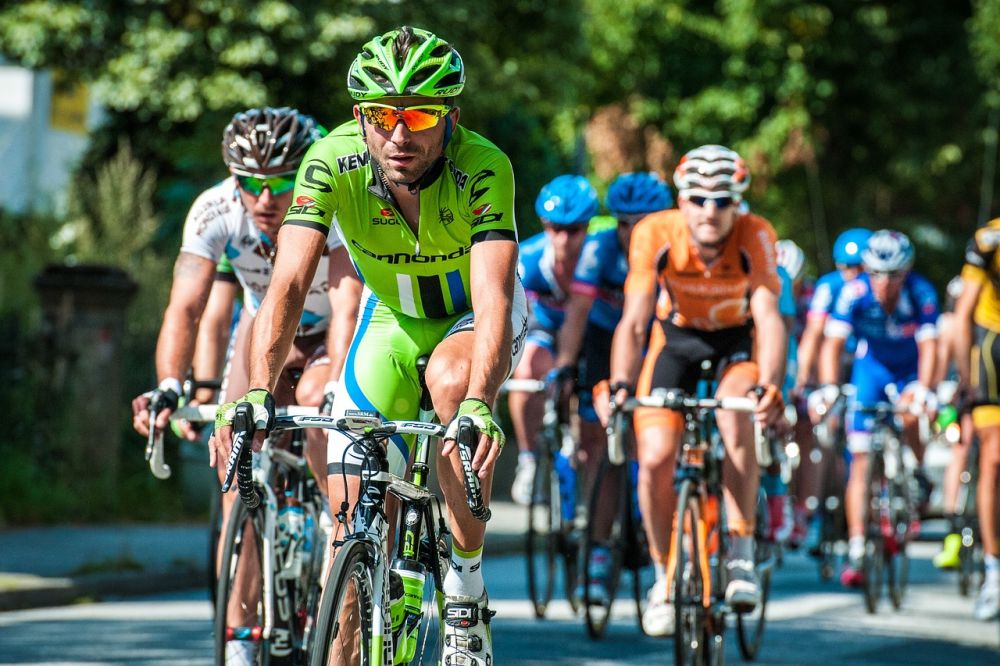Tour de France is one of the most prestigious and world-renowned cycling races that takes place every year in July

It is a three-week long event that covers various terrains, challenging the riders both physically and mentally. In this article, we will take an in-depth look at the Tour de France standings, providing important information for those interested in this thrilling sporting event.
Tour de France Standings: An Overview
The Tour de France standings indicate the current rankings of the cyclists participating in the race. They reflect the performance and progress of each rider throughout the stages of the tour. These standings are crucial for cycling enthusiasts as they provide real-time information about the leaders, time differences, and stage winners.
The Tour de France standings encompass different categories, including the general classification, points classification, mountains classification, and young rider classification. Let’s delve deeper into each of these categories:
1. General Classification:

The general classification, also known as the yellow jersey, determines the overall winner of the race. It is calculated based on the total cumulative time taken by the riders to complete each stage. The cyclist with the lowest total time wears the yellow jersey.
2. Points Classification:
The points classification, represented by the green jersey, focuses on the sprinters’ performance. Points are awarded to the cyclists depending on their position in intermediate sprints and stage finishes. The rider with the highest number of points wears the green jersey.
3. Mountains Classification:
The mountains classification, identified by the polka dot jersey, celebrates the climbers’ abilities. Points are allocated based on the difficulty level of the mountain stages. The rider with the most points in this category dons the polka dot jersey.
4. Young Rider Classification:
The young rider classification honors the best-placed cyclist under the age of 26. It is a platform to recognize the emerging talents in the world of cycling and is represented by a white jersey.
Historical Evolution of Tour de France Standings
The Tour de France standings have evolved significantly since the race’s inception in 1903. Initially, the focus was solely on the general classification, with no additional categories being recognized. However, as the race grew in popularity, new classifications were introduced to acknowledge different aspects of the sport.
The famous yellow jersey was first introduced in 1919 to identify the leader of the general classification. It became an iconic symbol, capturing the attention of cycling enthusiasts worldwide. Over time, the green, polka dot, and white jerseys were incorporated to highlight the performances of sprinters, climbers, and young riders, respectively.
In recent years, technology has revolutionized the way Tour de France standings are tracked and displayed. Real-time updates are now available on various platforms, allowing fans to stay informed about the race instantly. This digital transformation has made the sport more accessible and engaging for a wider audience.
It is worth mentioning that the Tour de France standings can change dramatically from one stage to another. The varying terrains, challenging climbs, and unpredictable weather conditions make it a rollercoaster ride for the riders and an exhilarating experience for the viewers.
In conclusion, the Tour de France standings play a vital role in providing a comprehensive view of the race. They showcase the leaders in multiple categories, highlighting their exceptional skills and determination to conquer the challenges on the road. By understanding the significance of each classification, sports and leisure enthusiasts can fully enjoy and appreciate the Tour de France experience. So, join us as we cheer on the competitors and witness the thrilling battles and unexpected victories in this unparalleled cycling extravaganza.





